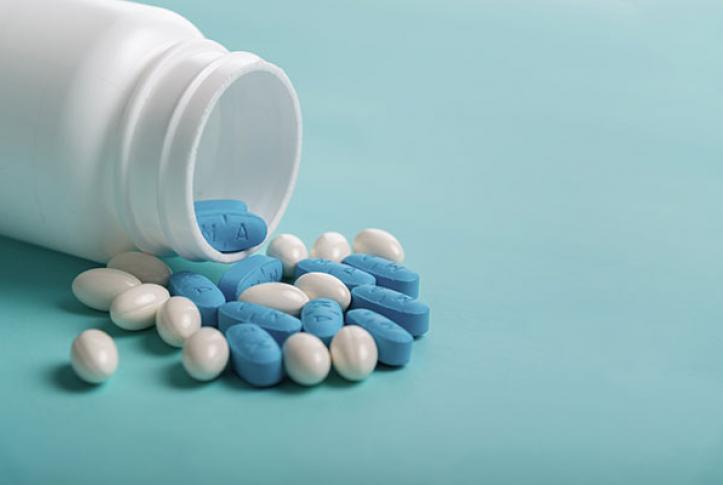COVID-19 is testing our health care system in new ways — raising concerns about equity, surge capacity, the social safety net, and data collection. The drug supply chain is no exception. Drug shortages — particularly for generic drugs — are nothing new. But several factors are now straining our supply chain, leading to an increased chance of shortages and exposing risks.
On the demand side, there has been a run on drugs that has led to shortages at the pharmacy counter. Even among drugs that have no relation to COVID-19, there have been increased instances of pharmacy “stockouts,” driven by patients filling more prescriptions than usual and requesting 90-day supplies rather than the typical 30 days. Just as has been the case with toilet paper, bread, and other household basics, the system can’t get the medicines to the pharmacy fast enough. Hoarding and stockpiling of products also has been a problem. For instance, unsubstantiated claims that chloroquine could treat coronavirus have led to shortages for patients who rely on it for chronic conditions.
On the supply side, efforts taken to decrease costs have left us with a very lean supply chain with little or no redundancy built in for generic drugs. There has been considerable consolidation in the generic market, leading to fewer potential producers, less competition, and higher prices. This also has contributed to the concentration of sourcing and manufacturing in a handful of countries.
Most active pharmaceutical ingredients (APIs) — the key components of drugs — are sourced from abroad. China and India account for 80 percent of the APIs used in drugs sold in the United States. Companies often use just one plant for manufacturing their entire supply, so if there is disruption in a geographic area, like the economy is shut down because of a pandemic, or a problem at one plant, like contamination or quality concerns, it can create a shortage. In the case of COVID-19, countries have instituted export bans to ensure adequate supply of critical drugs for their own populations. Our overreliance on imports leaves us vulnerable. It takes time for other plants to get the proper regulatory approvals, hire in-house expertise, source the APIs, rework the manufacturing plant, and then ship the final product. As a result, the lost supply often can’t be replaced quickly. Diversification of sourcing and manufacturing and an increase in domestic production would reduce the risk of disruptions to our supply chain.
Finally, the just-in-time inventory practices employed throughout the distribution system means there is very little excess supply available. An unexpected spike in demand or a disruption to our fragile supply chain can very quickly lead to a shortage. Federal and state public health authorities could play a role by stockpiling essential drugs. In addition, wholesalers could introduce strategies that prevent stockpiling of products and allocate in-demand products equitably and in line with public health departments’ priorities. However, it may be time to rethink optimal drug supply levels in our distribution system and for purchasers to demand stronger fulfillment requirements in their contracts to incentivize a more robust inventory.
Any efforts to address the shortcomings of our current generic drug supply chain must be balanced with the need to control costs for the sake of our federal, state, and personal budgets. Building redundancy into the system will increase the costs of producing drugs. But having a steady supply also will help eliminate price increases that result when there is little or no generic competition or when shortages arise. And it will save lives.
During this crisis, we will have to work within our current system to meet the needs of patients, as we’ve seen with the FDA taking action to alleviate acute shortages. But in the longer term we will need to address these issues to more adequately meet patients’ needs and be prepared for the next emergency, be it pandemic, bioterrorism, trade war, or impact of climate change. We can’t predict the next emergency, but we can be certain it will come; preparing our supply chains will be critical.




